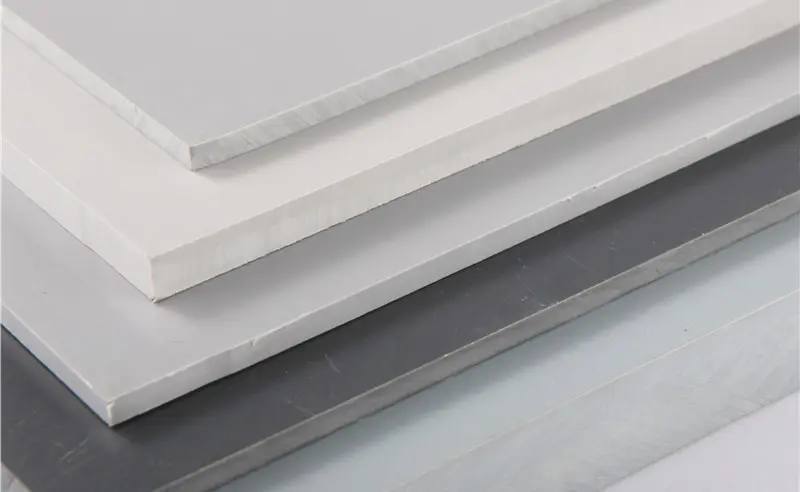Oct . 10, 2024 20:55 Back to list
HDPE Welding Rods for Durable Connections in Various Applications 4mm Size
HDPE Welding Rod 4mm A Guide to High-Density Polyethylene Welding
High-Density Polyethylene (HDPE) welding is an essential process in various industries, particularly for those involved in the manufacturing and repair of plastic structures. One of the key materials used in this process is the HDPE welding rod, specifically the 4mm variant. Understanding this product can greatly enhance the efficiency and effectiveness of your welding projects.
What is HDPE?
HDPE is a thermoplastic polymer that is widely used due to its strong, durable, and lightweight properties. Commonly found in plastic containers, pipes, and geomembranes, HDPE is resistant to impact, corrosion, and UV radiation, making it a favorable choice for outdoor applications. When joining HDPE components, welding becomes crucial, and the use of welding rods is necessary to ensure a strong, reliable bond.
The Role of HDPE Welding Rods
HDPE welding rods serve as filler material during the welding process. The 4mm rods are particularly versatile, suitable for welding applications requiring moderate thickness. They melt and fuse to the base material, creating a strong joint that can withstand the stresses faced in various operational environments.
Advantages of Using 4mm HDPE Welding Rods
1. Compatibility The 4mm welding rods are designed to match the characteristics of HDPE, ensuring that the weld joint retains the same strength and flexibility as the base materials.
2. Ease of Use These rods can be easily handled, making them ideal for both professional welders and DIY enthusiasts. Their size allows for greater control during the welding process, leading to better results.
3. Cost-Effectiveness Purchasing HDPE welding rods is a cost-effective solution for repairs and manufacturing, especially when considering the durability they provide to welded joints.
hdpe welding rod 4mm

4. Variety of Applications Whether you are working on tanks, piping systems, or any other plastic components, the 4mm HDPE welding rod can cater to various needs. Its flexibility allows for use in both construction and repair settings.
How to Weld with HDPE Welding Rods
To successfully weld with HDPE welding rods, one must consider a few key steps
1. Preparation Clean the surfaces to be welded thoroughly to remove any contaminants. This step is crucial for achieving a strong bond.
2. Heating Use a welding machine set to the appropriate temperature for HDPE. The ideal temperature usually ranges between 220-260 degrees Celsius.
3. Fusing As the base material softens, feed the 4mm welding rod into the weld area. Maintain a steady hand and ensure that the rod becomes amalgamated with the melted HDPE, creating a uniform joint.
4. Cooling Allow the welded joint to cool naturally. Do not disturb it during this time, as movement can weaken the bond.
Conclusion
HDPE welding rods, especially the 4mm version, are integral to achieving high-quality welds in various applications. Their compatibility, ease of use, and cost-effectiveness make them a go-to choice for professionals and hobbyists alike. By understanding how to effectively use these rods in your welding projects, you can ensure durable, reliable results that meet industry standards. Whether you are tackling a small repair or a large-scale installation, 4mm HDPE welding rods will serve as an indispensable resource in your toolbox.
-
PVC Transparent Sheet Roll - Durable & Flexible PVC Plastic Sheet Roll for Industrial & Home Use
NewsJun.24,2025
-
High-Quality PVC PPR Pipes and Fittings Durable ERA PPR Solutions
NewsJun.10,2025
-
High-Quality Large HDPE Sheets & Large Diameter PVC Pipe Durable Large PVC Pipe Supplier
NewsJun.10,2025
-
High Density Polyethylene Cutting Board - Durable & Food Safe
NewsJun.09,2025
-
3 Inch PVC Pipe for Durable Irrigation Affordable & Reliable
NewsJun.09,2025
-
Premium PPR Plastic Water Pipe Fittings - Durable & Leak-Free
NewsJun.09,2025

